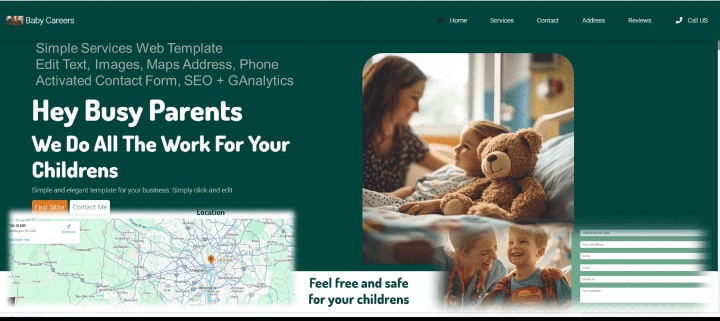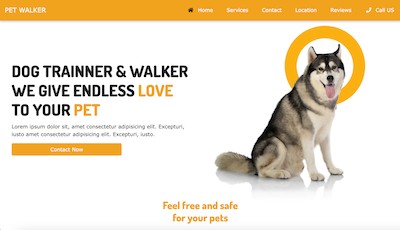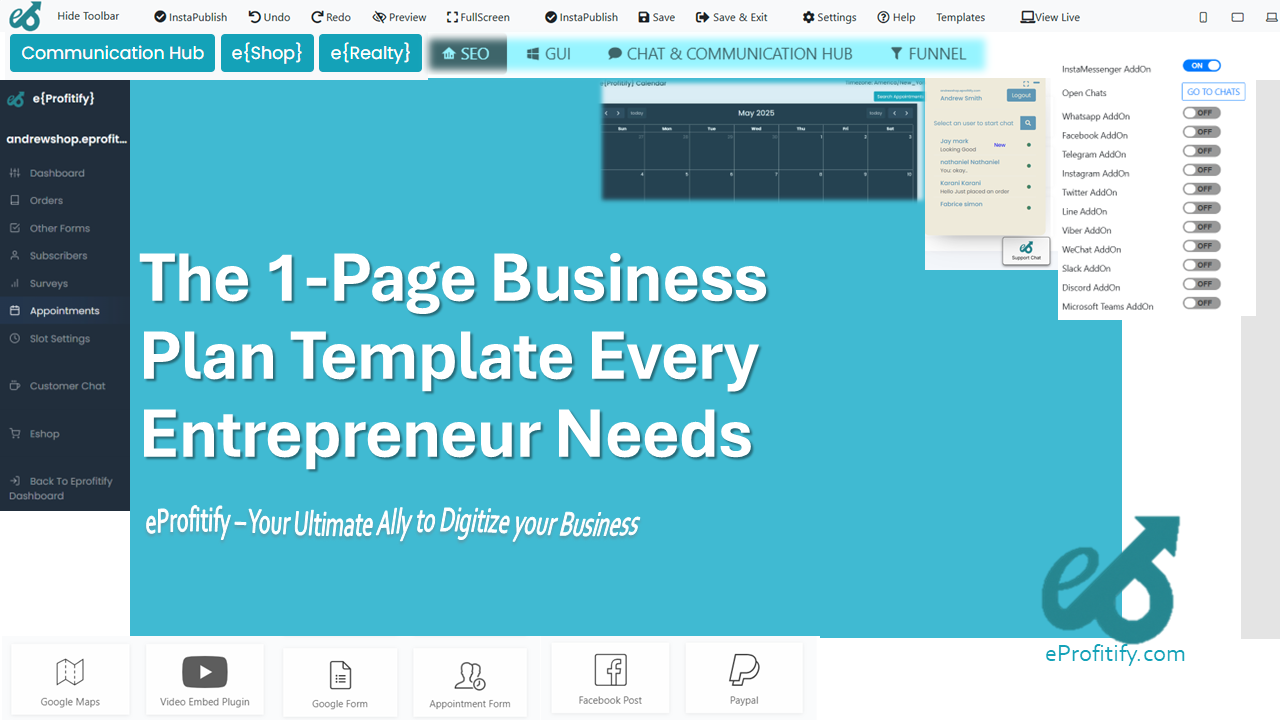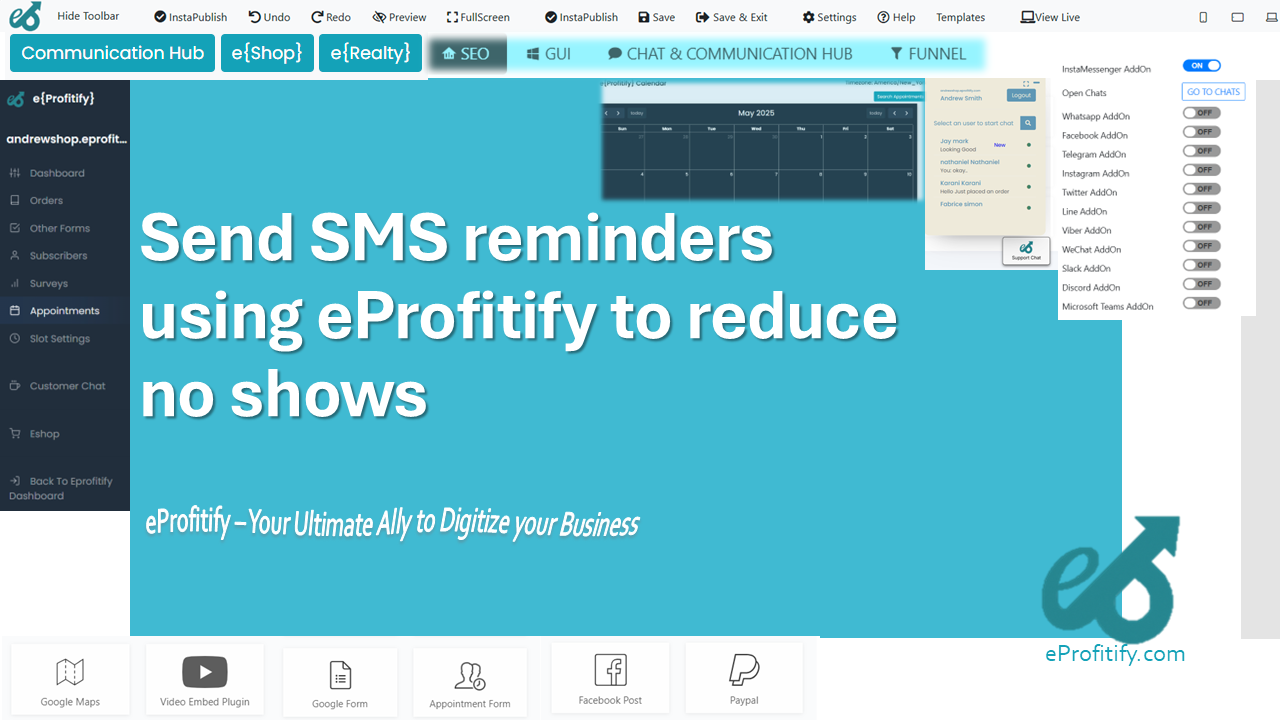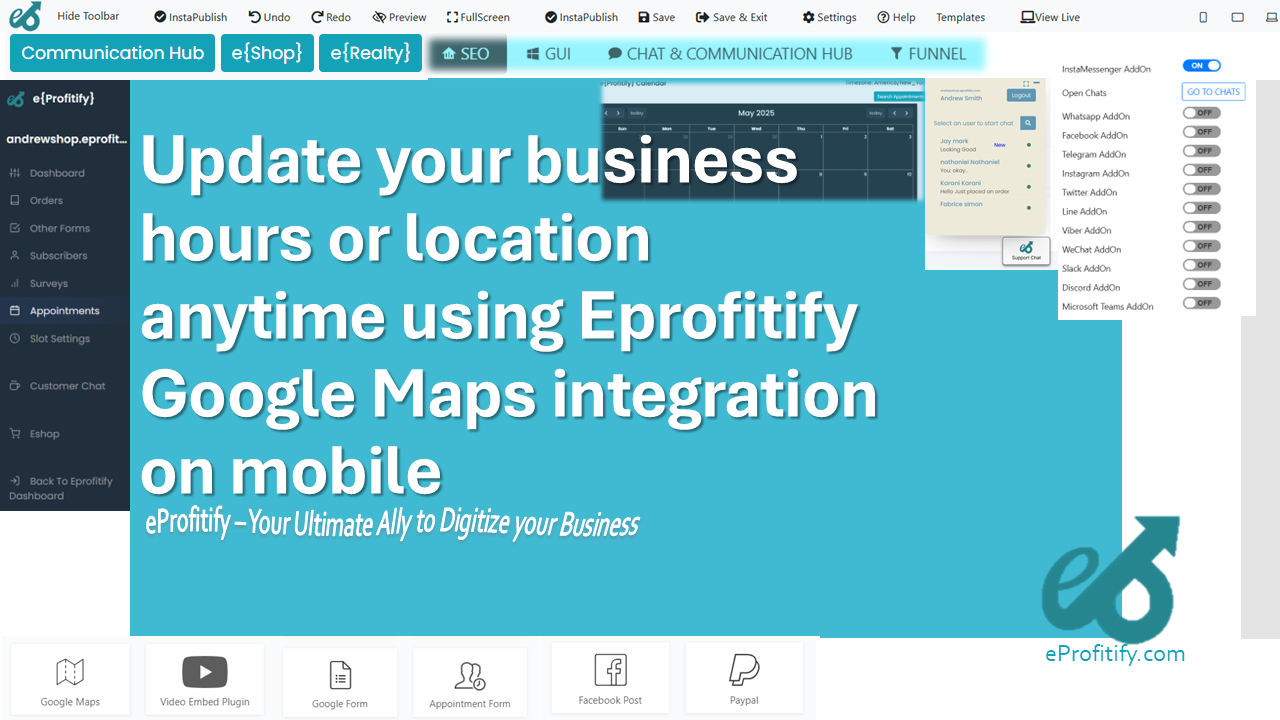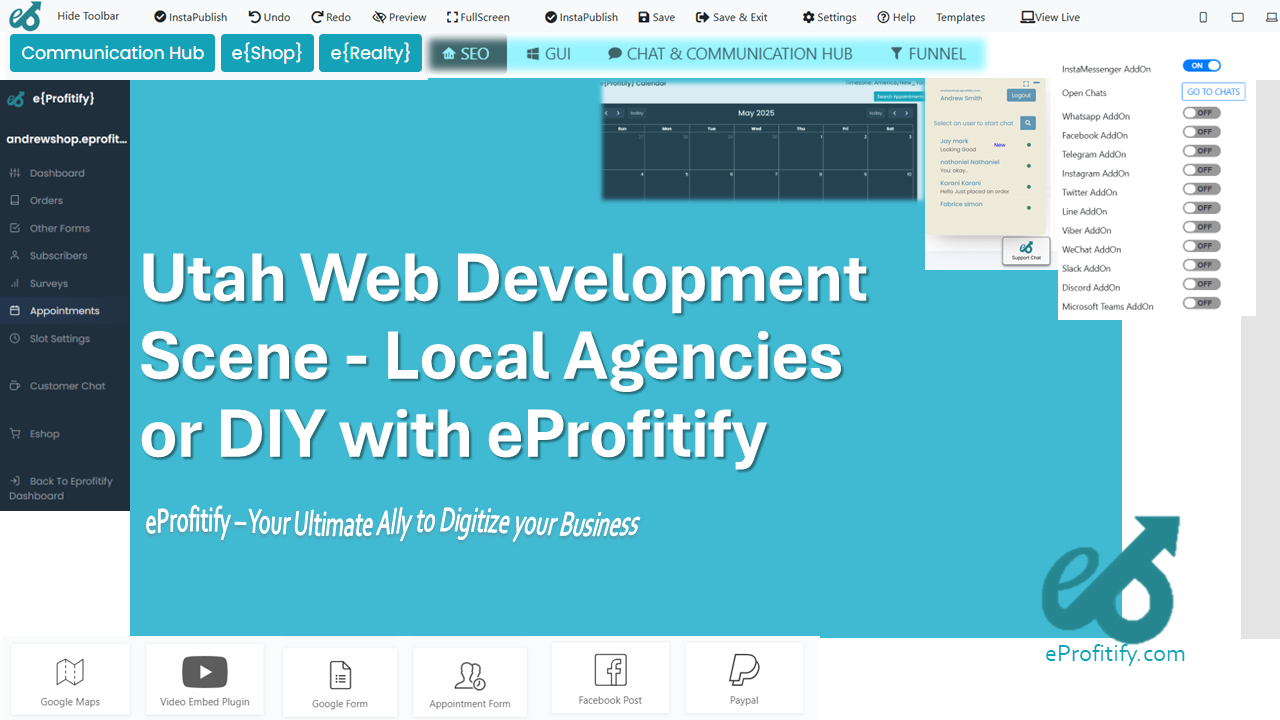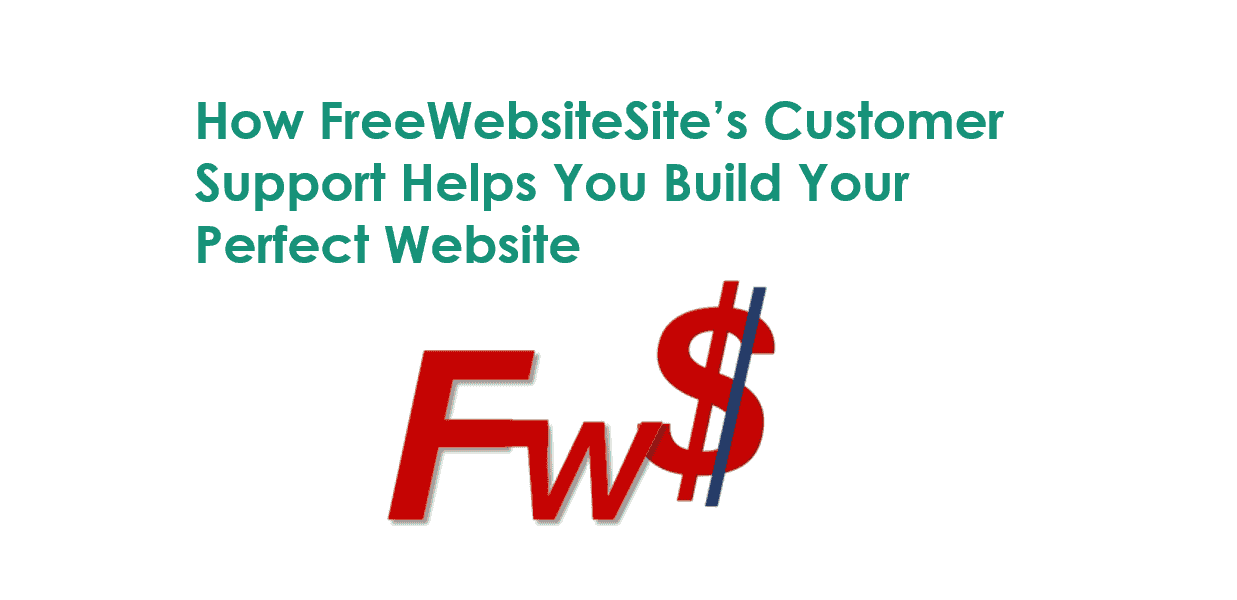Recovering From Low Quality or Spammy Links
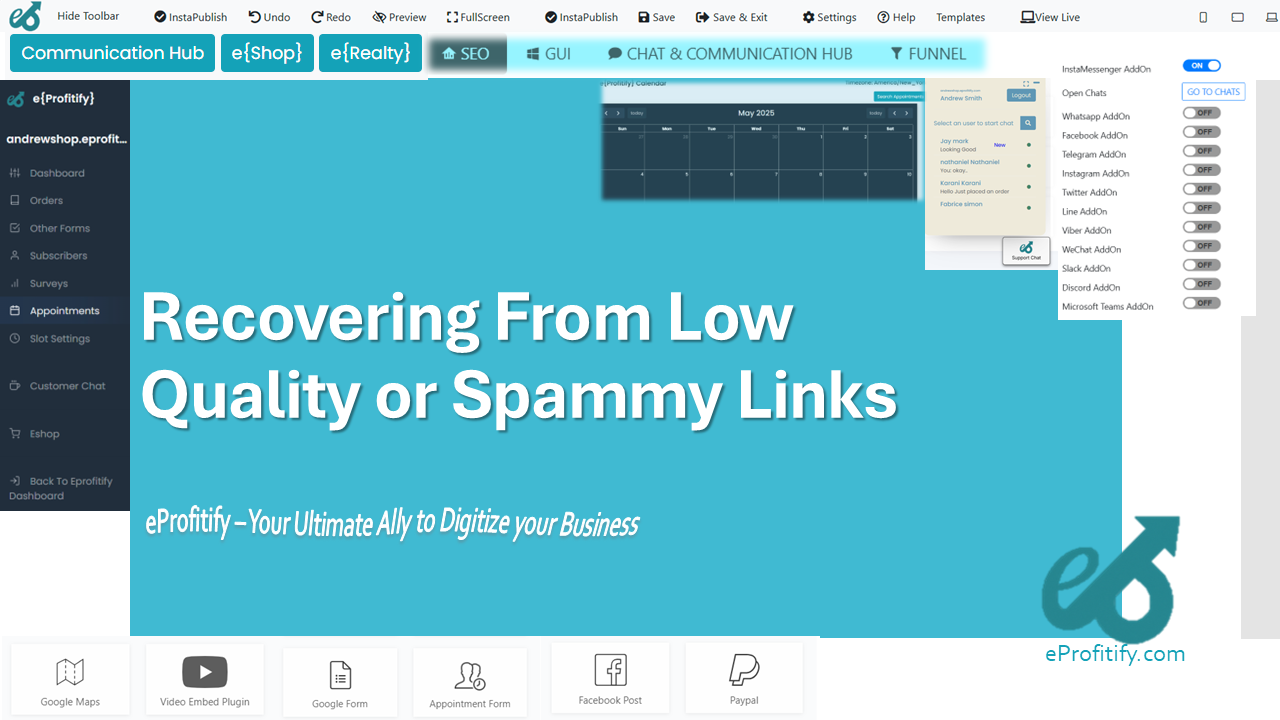
Schedule a LIVE Zoom call with an eProfitify Expert.
Recovering from low-quality or spammy links remains a critical challenge for website owners and SEO professionals. These harmful backlinks can trigger Google penalties, tank search rankings, and erode organic traffic. According to a 2023 study by Ahrefs, 14% of websites hit by manual penalties from Google involved unnatural backlinks, while 3% suffered algorithmic penalties due to toxic link profiles. Moz’s analysis further reveals that 85% of websites penalized for spammy links experience a traffic decline of over 50%, with 40% requiring 3–6 months to recover fully. Addressing this issue demands strategic action, including audits, disavowals, and proactive reputation management.
Understanding the Risks of Low-Quality Links
Low-quality links originate from irrelevant, spammy, or manipulative websites. Common sources include link farms, private blog networks (PBNs), and irrelevant guest posts. Google’s Penguin algorithm penalizes such practices, prioritizing websites with authoritative, contextually relevant backlinks. A 2022 Semrush report indicates that 62% of websites penalized for toxic links struggled with PBNs, while 28% faced issues due to excessive link exchanges. The consequences are severe: 60% of affected sites lose 30+ positions in SERPs, and 19% drop out of the top 100 rankings entirely.
Steps to Recover from Toxic Links
-
Comprehensive Link Audit
Identify harmful backlinks using tools like Google Search Console, Ahrefs, or Screaming Frog. Focus on metrics like Domain Authority (DA), Spam Score, and contextual relevance. For instance, links from domains with DA < 20 or Spam Score > 30% often signal red flags. -
Link Removal Outreach
Contact webmasters to request link removals. HubSpot’s research shows that 35% of webmasters comply with removal requests within a week. However, follow-ups are critical—70% of successful removals occur after three follow-up emails. -
Google Disavow Tool
For non-responsive webmasters, upload a disavow file to Google. A Search Engine Journal survey found that 53% of SEOs achieved penalty reversals within 90 days using this method. However, misuse can worsen rankings—only disavow links confirmed as toxic through audits. -
Building High-Quality Links
Replace spammy links with authoritative ones. Websites publishing data-driven content earn 3x more high-quality backlinks (Backlinko, 2023). Focus on guest posts in niche publications, collaborations with influencers, or original research.
Role of eProfitify in Streamlining Recovery
eProfitify, a leading website management platform, offers integrated tools to simplify link recovery and SEO workflows:
- Instant Messaging & CRM: Automate outreach campaigns for link removal requests while tracking communication history.
- Analytics Dashboard: Monitor backlink profiles in real time, flagging domains with suspicious metrics.
- Appointment Management: Schedule audits and follow-ups seamlessly, reducing time spent on administrative tasks.
- Ecommerce Integration: Strengthen content marketing efforts by embedding product links in high-authority guest posts, converting SEO wins into sales.
Statistics highlight the value of integrated tools: 35% of businesses using platforms like eProfitify cut link recovery timelines by 40% compared to manual workflows (Forbes, 2023). Its SEO audit templates and automated reporting further reduce errors, ensuring compliance with Google’s guidelines.
Long-Term Prevention Strategies
- Regular Audits: 58% of websites conducting monthly link audits avoid penalties (SEMrush).
- Focus on E-A-T: Content aligned with Expertise, Authoritativeness, and Trustworthiness earns 67% more editorial backlinks (Google Quality Raters Guidelines).
- Monitor Competitors: Analyze competitors’ backlinks to identify secure, high-impact opportunities.
By leveraging eProfitify’s suite of tools—from CRM to content management—businesses mitigate risks while scaling ethical link-building efforts. Recovery isn’t just about removing bad links; it’s about fostering sustainable growth through data-driven decisions and automation. Platforms like eProfitify empower users to navigate SEO challenges efficiently, ensuring long-term resilience against penalties.
